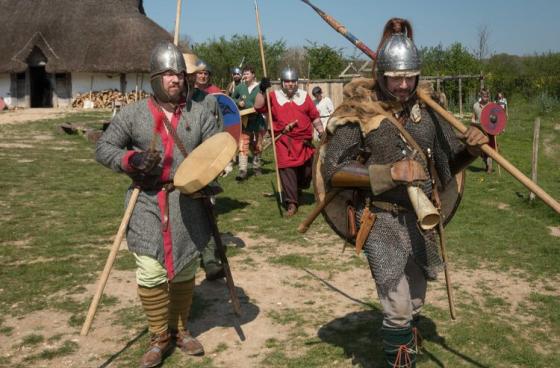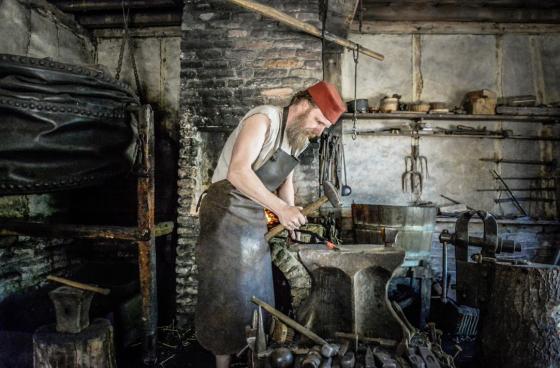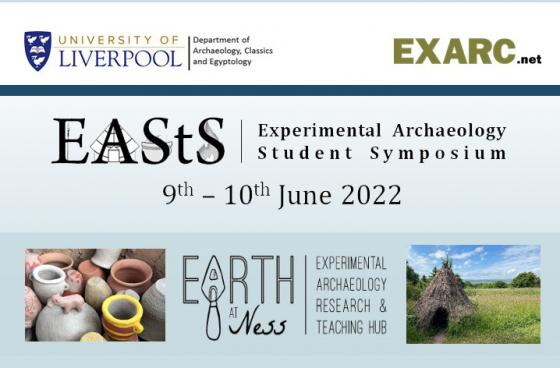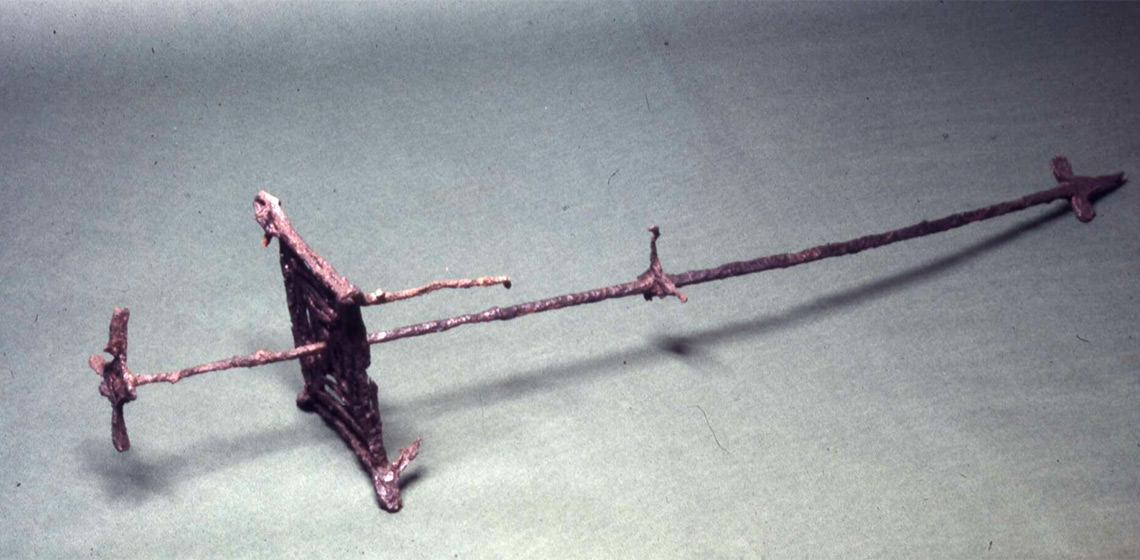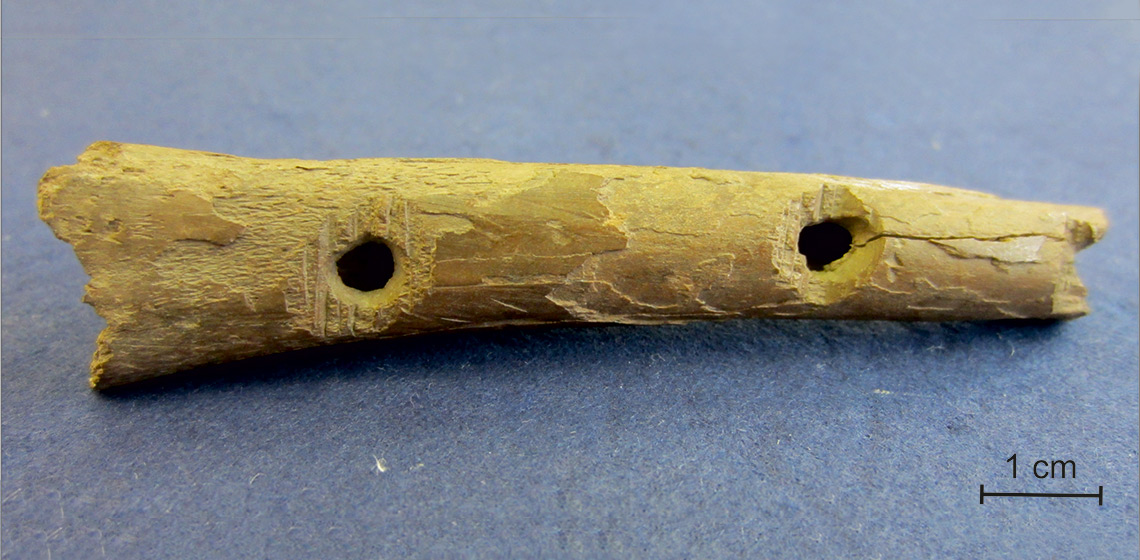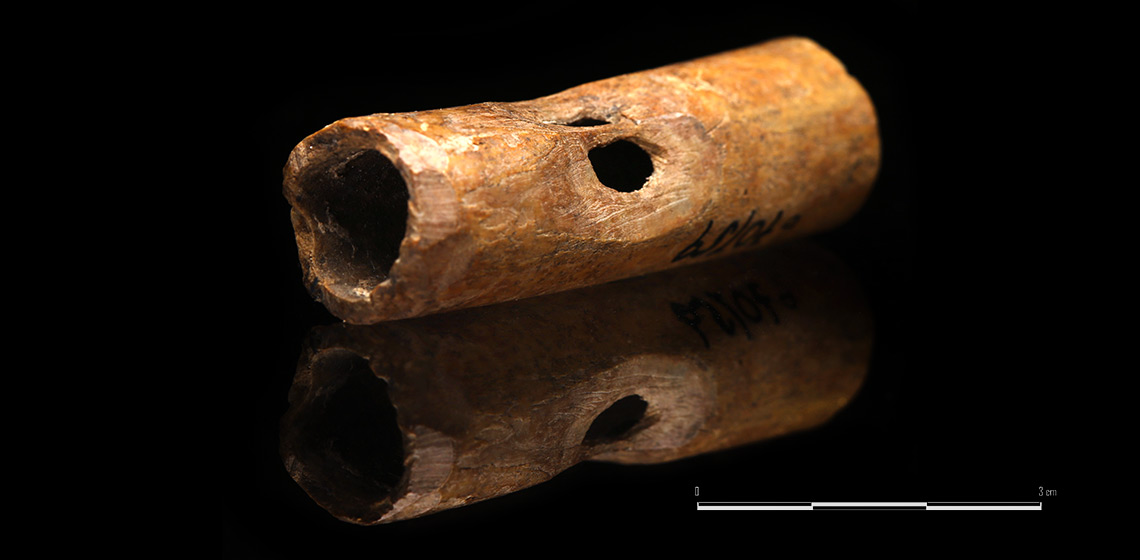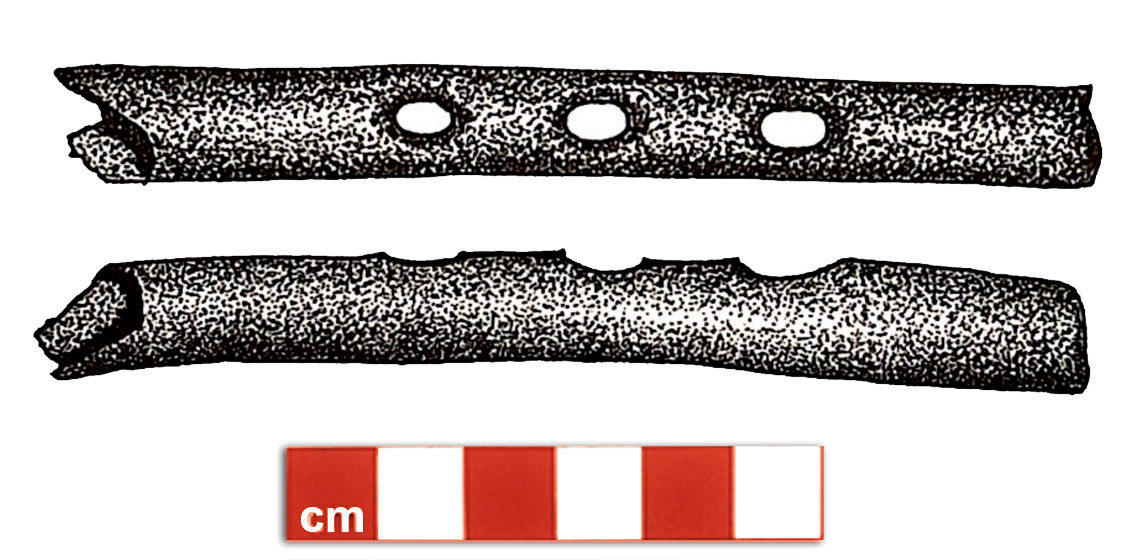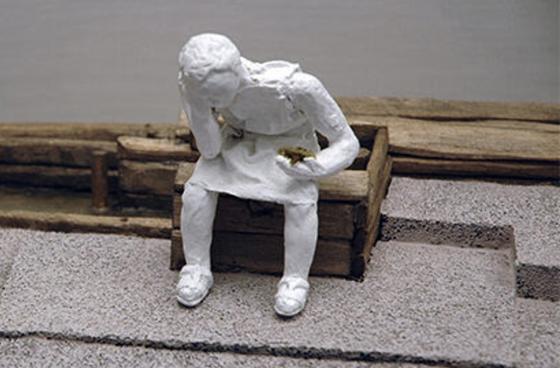Early Middle Ages
Saxon Cookery
Country
- United Kingdom
LEARN TO COOK DARK AGE CUISINE AND FEAST LIKE A LORD IN OUR SAXON HALL!
Battle for Britannia - Saxons invade Butser Ancient Farm
Country
- United Kingdom
A spectacular weekend of re-enactments as invading Saxons clash with resident Romans and Celts to claim victory over the beautiful Butser Ancient Farm.
A Sustainable Revolution for Open-Air Museums @ ICOM
Country
- Czech Republic
EXARC invites you to a session during the ICOM General Conference in Prague. We are in a unique position where our teaching of the past offers our visitors lessons for the future; we are more relevant than ever. How to develop the strength of open-air museums by building partnerships with other organisations?
Forging Weekend
Country
- the Netherlands
Forging is from all ages. Even before the use of metal, there used to be a flint smith. Flint was used to make sharp objects, such as knifes, axes, and drawbars. Later, these type of objects were made of bronze and iron and steel.
Experimental Archaeology Student Symposium
Country
- United Kingdom
The Department of Archaeology, Classics and Egyptology is proud to announce that the 3rd Experimental Archaeology Student Symposium, will be hosted by the University of Liverpool in June 2022 in partnership with EXARC.
A Proposed New Appearance of the Iron Stand from Sutton Hoo, Based on Existing Material
A Singing Bone from the Mätäjärvi (‘Rotten Lake’) Quarter of Medieval Turku, Finland: Experimental Reconstructions and Contemporary Musical Exploration
Bone Pipes with Parallel Tone Holes. Materials from Medieval Poland (until the End of the 12th C)
Early Medieval Bone Pipes: Understanding the Sounds of These Instruments through Reconstruction
Smelly Past
Country
- Switzerland
The toilet - a topic that everyone knows, but about which one usually puts on the shameful cover of silence. PD Dr. Urs Leuzinger, Thurgau Archeology Office, will present a fascinating cultural history of the “quiet place” on this evening. An event by the Archaeological Association of Zug , guests are welcome.


